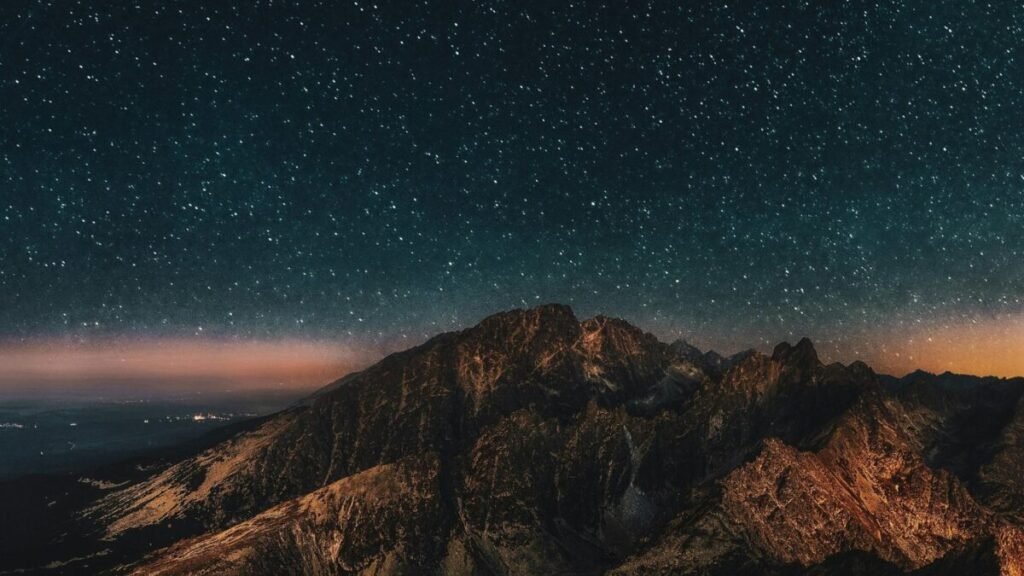The Latin American country with the cleanest sky on the planet: a paradise for stargazing

With an average of over 300 clear nights a year and minimal levels of light pollution, this territory has become a hotspot for astronomers and star enthusiasts. But its significance goes beyond the visual aspect: at its extreme altitudes, climate, solar radiation, and even conditions comparable to other planets are studied. Getting to know this site is not just a journey across Earth, but also a journey through space.
A sky like no other: where looking up is a spectacle

Very few places on the planet have skies like the South American desert. Its hyper-arid climate, altitude exceeding 2,500 meters, and clean air make it a privileged site for stargazing without the interference of humidity or pollution.
What is most surprising is that this place, in addition to having over 300 clear nights a year, also has one of the lowest levels of light pollution interference worldwide. Here, the stars do not twinkle: they are fixed in the sky like part of an immobile painting.
These exceptional conditions have led to the installation of , as well as the development of a new local industry: astrotourism. The entire environment—from nearby towns to tourism companies—revolves around sky gazing.
Beyond the sky: the desert as a natural laboratory

This Latin American enclave is not only ideal for stargazing, but also for . Thanks to its unique intensity, the radiation that reaches this desert is the highest on the planet, comparable even to what one would receive on the surface of Venus, albeit without the extreme temperatures of the neighboring planet.
This has turned the region into a natural laboratory for researching not only the universe, but also , atmospheric patterns, and the energy potential of solar radiation. It is also one of the most promising sites in the world for developing large-scale solar energy technology.
Thanks to this abundance of sun, there are already energy generation projects supplying entire cities, showing that it is possible to turn geographic isolation and extreme conditions into an advantage for science and sustainability.
Chile and its Atacama Desert

That country is Chile, and the place in question is the Atacama Desert, located in the north of the country. This site, , is also one of the brightest and quietest. The combination of climatic and geographical factors there creates one of the sharpest windows into the universe.
According to official data, the average annual cloud cover is so low that during most days and nights of the year, the sky remains clear. This condition has made it the headquarters of observatories such as , the and other world-class astronomical centers.
Furthermore, astrotourism has become an economic engine for local communities. Visitors can participate in astrophotography tours, workshops on archaeoastronomy with indigenous worldviews, and even sleep under the stars in ecological domes designed for night sky contemplation.







